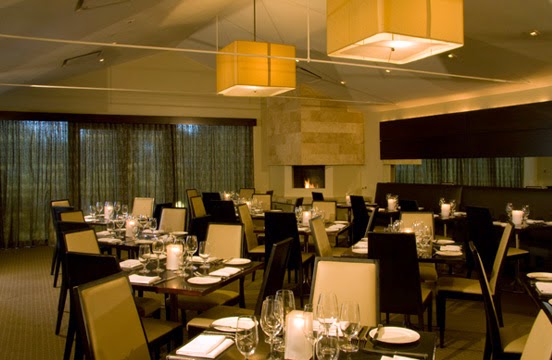EQUIPMENT & FURNISHING
-Equipment selection is so important to determine the goals and needs of the facility.
considered when choosing an equipment :-
- Menu
- Number and type of patrons
- Form of food purchased and styles of service
- Labor hours and worker abilities
- The budget
- The floor plan
Arrangement of cooking unit and modular system:
Features of Equipment
Size or capacity (base on menu, quantity of food & type of service)
Materials
Metal (aluminium, cast iron, galvanized, stainless steel)
Standard gauge (weight)
Finish of metals (dull or bright)
Glass (avoid corrosion)
Other materials (polyurethane, polycarbonate)
Construction (ease, to clean, well finished joints, nice appearance)
Safety features (safe to use)
Cooking equipment
This equipment must conform to the standards of groups such as:
- American Standards Association
- American Gas Association
- National Board of Fire Underwriters
- Underwriters Laboratories Inc.
- American Society of Mechanical Engineers
- NSFI
Electric, gas, and steam equipment
- Gas fired
- Steam-heated
- Steam cabinet
- Low-pressure steamer
- Pressureless convection steamer
Dining Room Furnishing
Materials such as china, glass, melamine, plasticware, and other combinations of materials are all used in making dishes.
2) Tableware
- Flatware
- Hollow-ware
3) Glassware
More economical to purchase good quality glassware than inexpensive types.

4) Table covers








.jpg)
















